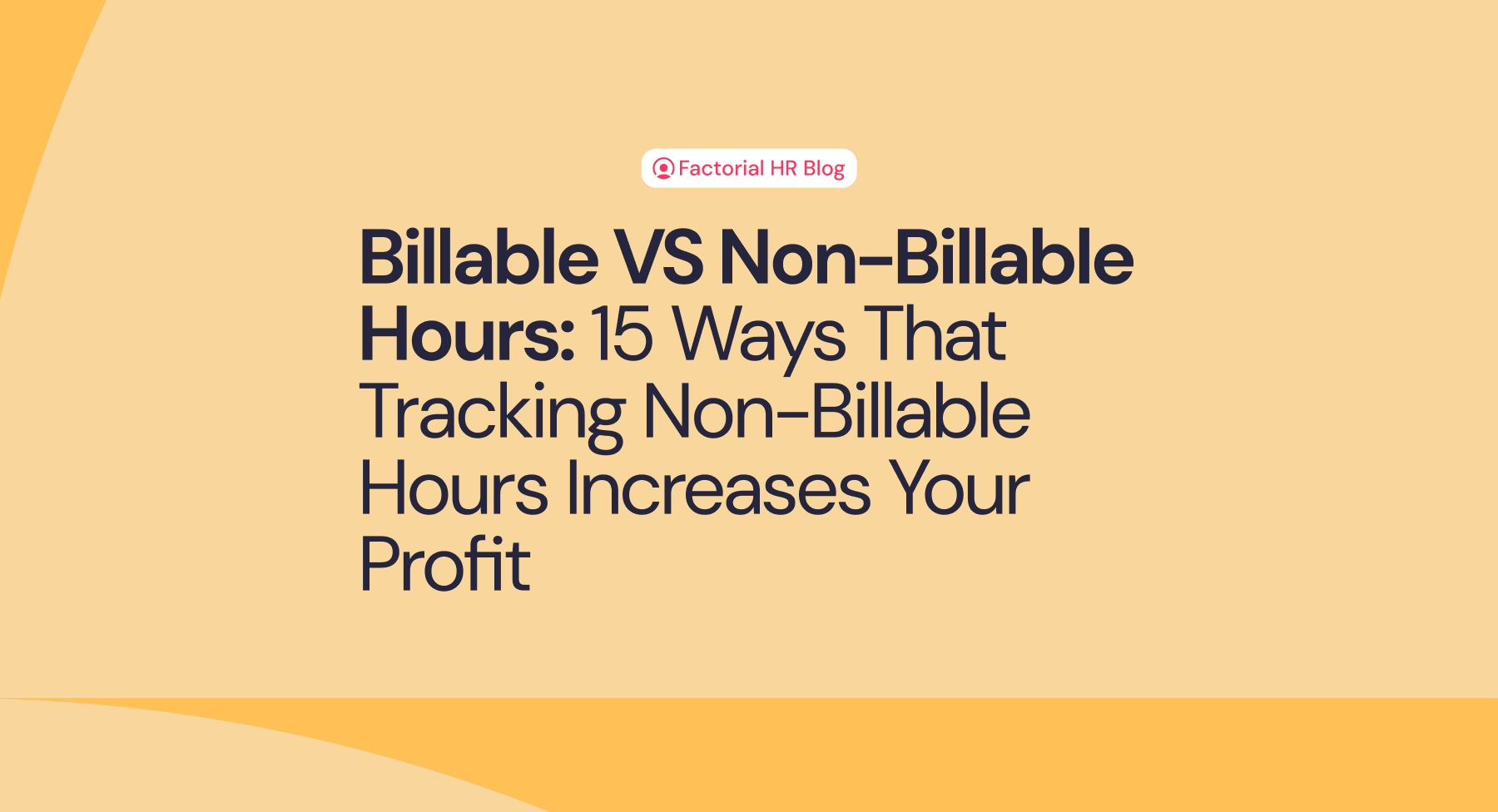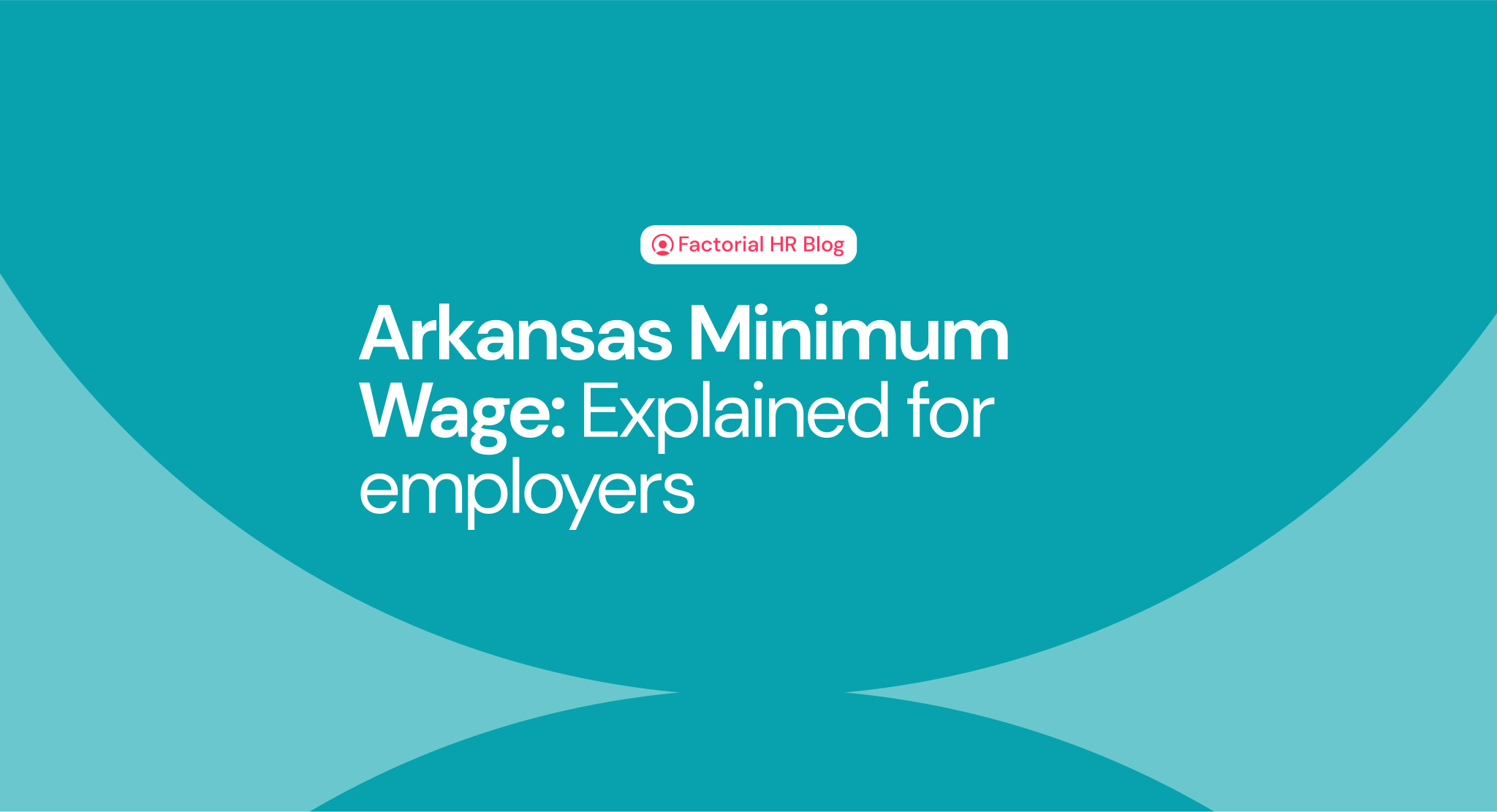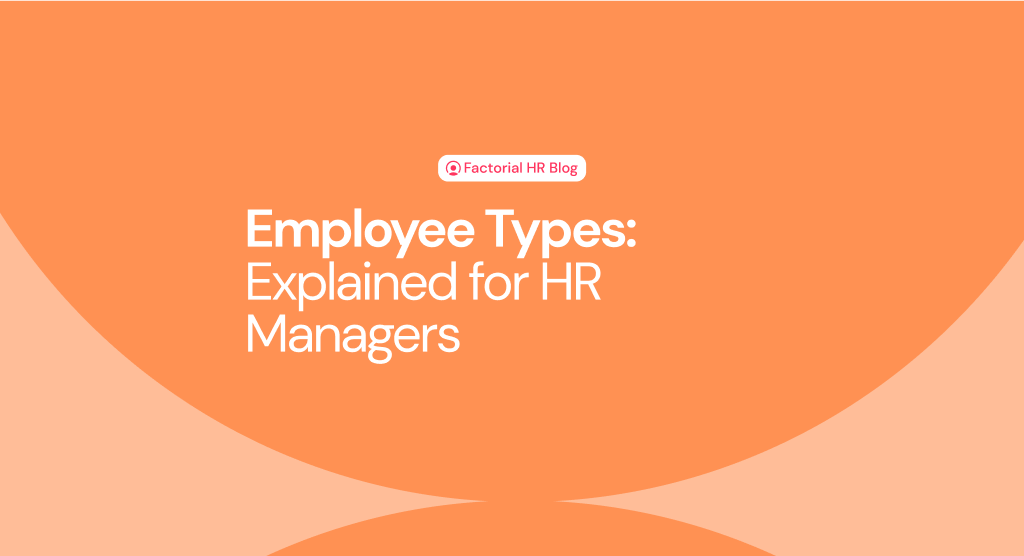Absence management is one of the critical responsibilities of professionals working in HR. And unsurprisingly, it also presents some of the biggest challenges. If you notice one or two absences per week, maybe it’s no big deal. But if your team experiences chronic absenteeism, it could have a devastating impact on your company’s bottom line.
According to an SHRM white paper, unplanned absences correspond with an average of 36.6% of productivity loss for businesses. And that’s not even taking into account the amount of workplace stress and demotivation caused by missing team members. Both of which might lead to an increase in employee turnover.
Using the right tactics to reduce and manage absences can change everything. In this post, we’ll discuss 8 tips to help you enhance and refine your company’s absence management strategy. Specifically, we’ll go over the nuances of communicating company policies, striking the perfect work-life balance, and facilitating absence management with technology.
What is absence management?
Absence management is the strategy and policies that companies put in place to control and reduce the amount of employee absenteeism and interruptions in productivity. Effective absence management programs bolster organizational commitment, prioritize employee health, and increase operational efficiency.
Often, absence management requires a compromise between employee needs and the company’s production goals. When putting an absence management policy in place, employers should explicitly detail contractual terms and conditions related to illness, intermittent leave, and paid time off.
Policies should clearly outline employee rights, company protocol, and the steps that should be followed to request time off. Additionally, employees should know when it is required to provide documentation for absences and who they need to communicate with. For example, a company-wide time off policy needs to outline when it’s necessary for employees to send a medical justification to their supervisor.
Tips for effective absence management
In addition to creating an effective absence management policy, employeers should look for other ways to reduce absenteeism and boost productivity. Here are eight key points for employers to proactively minimize employee absences.
1. Clearly communicate your absence policy
Once you’ve drafted your company’s absence policy, the next step is sharing the information with new and existing employees. Employees should be familiar with your company’s absence policy and know exactly where to find a copy for their own reference.
Ideally, you’ll want everyone in your team to have access to important documents, in a centralized place. This can easily get messy, and at a certain point, Google sheets don’t cut it. You will want to allow your team to access to company documents while having permission to access their personal employee files. If you are sharing records in spreadsheets, it can be confusing and pose data security issues.
Here at Factorial HR, we store and share employee and company documents via the employee portal. That way, everyone knows exactly where to find the information they need whenever they need it.
2. Truly encourage and respect work-life balance
According to a recent McKinsey study, 28% of workers in the United States reported signs of continual or constant burnout in their current positions. Burnout tends to be commonplace in toxic work cultures. Especially envorinments where employees feel they are constantly on call or don’t have enough hours for other aspects of life.
By not allowing employees enough time to focus on their life, employers end up having to pay the extra hidden expenses of absenteeism, illnesses, and worker fatigue. Make sure that workloads are realistic and don’t drive employees to work extra hours off the clock. Additionally, be sure to keep tabs on the overtime hours worked by employees and set a limit as to how many extra hours employees are allowed to clock in.
Encouraging employees to lead complete and happy lives will not only improve your attendance numbers. It will help you create a more positive, healthy working environment–one in which your staff wants to stick around.
3. Offer duvet days
Duvet days are days off for rest that an employer grants to employees. Employees can use “duvet days” without providing advance notice or justification. They are simply allowed time off to relax and alleviate stress.
Many employers choose to offer this benefit because it actually improves employee concentration and productivity levels. Extra rest helps employees to feel recharged, boosts their immune systems, and prevents them from needing to take more days off for illness and burnout.
Some employers include duvet days from the start as a part of their compensation and benefits package. Others choose to grant this perk to employees with stellar attendance. This can serve as a way to control absenteeism and incentivize employees to maintain good attendance records.
4. Explore absence management software
The speediest and most efficient way to manage employee absences, schedule changes, and measure attendance is with absence management software. Take it from companies like Cristiix, who managed to cut down on wasted time while improving visibility by moving their processes from Excel to Factorial’s vacation management software.
In the words of Cristilix’s HR manager, Patricia Castro,
“We chose Factorial because for us the most important thing is that the program is visual and intuitive and that it solves the problems that you encounter to manage these topics.”
What’s more is that aside from managing employee attendance and absences, Factorial’s software for shift management allows you to easily plan for and make adjustments to complicated rotating schedules–a must-have for any team with time-consuming shift management tasks.
5. Measure employee absenteeism
How can you solve a problem without defining it first? If employee absenteeism exists in your company, one of the first steps should be finding out why it’s happening and to what extent it’s taking place. This means establishing a clear method of keeping records.
In order to do this properly, you’ll want a tool to help you with tracking and reporting employee absences over extended periods of time. That way, you can take note of any trends, and changes and see how changes positively or negatively impact absenteeism.
When it comes to absence management, data is your friend. It will help you to pinpoint problems and make more informed, wiser business decisions for you and your team.
6. Implement a shift-swapping policy
In many cases, employee absenteeism is due to rigid scheduling policies that force employees to choose between taking care of a sick child and showing up for work. Life happens and last-minute changes are bound to occur. When drafting your company’s absence policy, account for the unexpected. In other words, always have a backup plan for these situations. It will help to reduce the overall impact on your operations.
For instance, implement a split shift or shift-swapping policy that provides employees with much-needed flexibility. This will help to reduce conflicts that employees face between their professional and personal lives, as well as boost their overall work-life balance. It’s truly a win-win for both employers and employees.
7. Allow flexible schedules
Over the past few years, most companies have gone through numerous operational changes and changes in the way that employees work. Employees have transitioned from in-office face-to-face working environments to remote and hybrid home offices to back to the office. And with these shifts, employees have had to juggle and adapt their personal lives to meet professional expectations.
It has been challenging for everyone. And it’s no surprise that flexible scheduling is considered to be one of the top benefits on many employees’ lists.
Having flexible scheduling options can serve employers in many ways. For starters, it gives employees the chance to rearrange their work life without having to miss days and face repercussions.
Additionally, it shows that your company takes a vested interest in employees’ mental and physical health. All of which contribute to a more positive and high-performance workplace culture. In this situation, what’s good for your team is also good for your company.
8. Conduct regular check-ins and surveys
Part of a comprehensive absence management strategy is finding out the underlying causes of employee absenteeism. If properly managed, you can target causal factors and make changes before employee absences get out of hand. The best way to do this is through regular communication with your staff.
Perhaps there are attendance problems due to physical health problems, scheduling difficulties, difficult working conditions, or feelings of burnout. Whatever the case may be, your team should know who to contact and feel comfortable about sharing any issues that are coming between them and their work.
Try providing regular climate surveys and employee satisfaction surveys to see if any larger problems should be addressed. Also, consider creating an anonymous feedback system for employees who want to express their issues but fear possible consequences.
Conclusion
Absence management, like many HR functions, is a continual process and one that you will most likely need to adjust before finding the right balance for your company. We hope that these key tips help you to reduce the amount of impact that absenteeism has on your business and create a more understanding, communicative, and flexible working environment.









